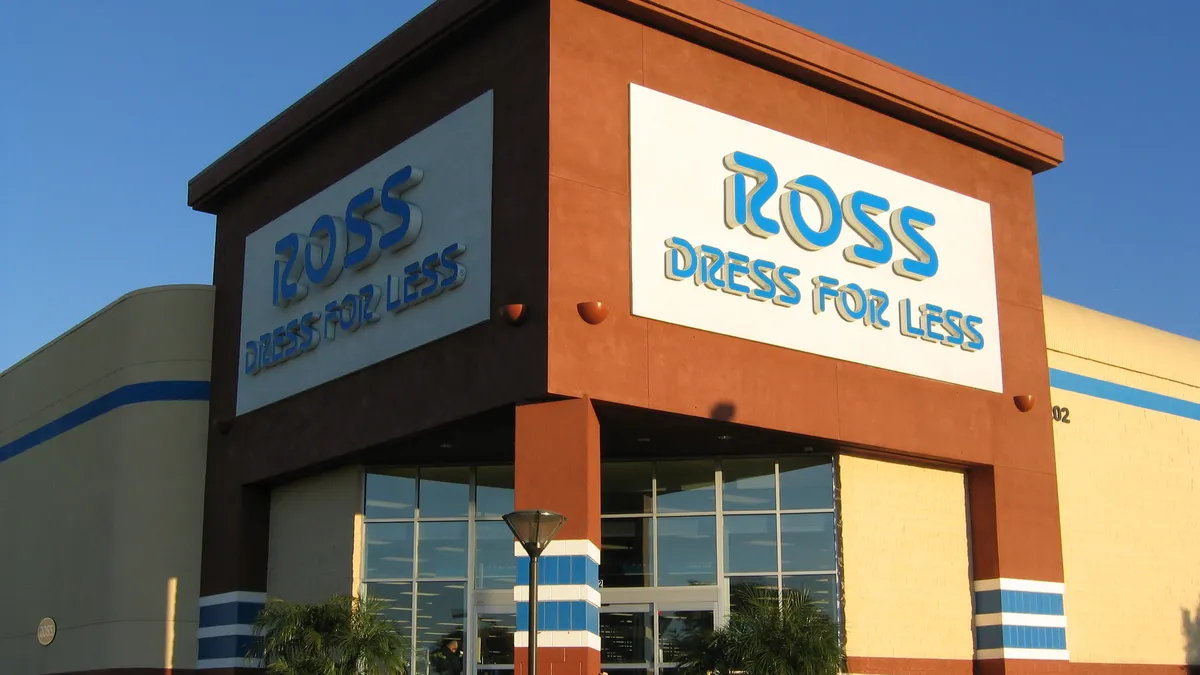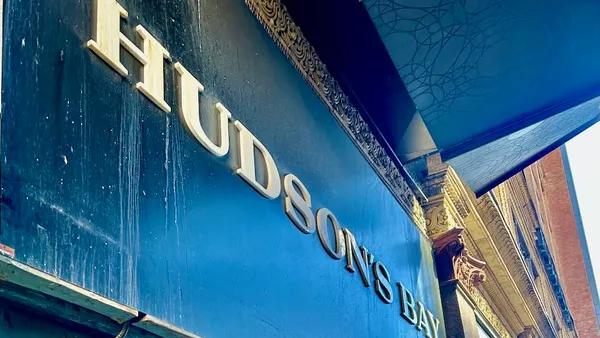Dive Brief:
-
Ross Stores will be finished, at least for the year, with its string of store-opening announcements, on Monday saying that its 2021 footprint growth plans will be fulfilled once its latest locations open this month.
-
In September and October the retailer opened 18 Ross Dress for Less and 10 DD's Discount locations. The company this year will have opened a total of 65 locations, per a company press release.
-
Including the new stores, the company operates 1,924 off-price apparel and home fashion stores in 40 states, the District of Columbia, and Guam, per its release. Earlier this year the off-pricer said it was on track to end with 3,000 locations across both banners.
Dive Insight:
Ross's expansion is a reflection of the strength of the off-price sector, as well as its dependence on stores.
The company even opened nearly 40 new stores last year in the midst of the pandemic, though that was less than half of the nearly 100 the company opened in 2019. Still, Ross is sticking with its long-term goal of running 3,000 stores that was forged before the pandemic, and in a statement Monday Gregg McGillis, group executive vice president for property development, reiterated that commitment once again.
The pandemic was especially challenging to Ross and its off-price peers because they all have little-to-no e-commerce, with Ross rejecting the channel outright just last year. But the segment has weathered the storm and is poised to also remain strong despite the supply chain trouble and rising freight costs that are bedeviling retail.
In fact, the three major off-price players, Ross, Burlington and TJX, will be better positioned than most retailers next year, according to an Oct. 1 report from Deutsche Bank analysts led by Gabriella Carbone. In addition to an expected moderation of the supply and freight issues more generally, these retailers benefit have specific advantages, Carbone's team said.
"[W]e recognize trends may be volatile in the near term (particularly on the margin front)," they said. But off-price retailers are poised to continue to gain market share "driven by consumers' continued gravitation toward treasure hunt experiences and value shopping," and will have more opportunity to source merchandise as inventory and promotions normalize.












